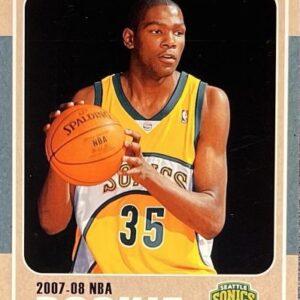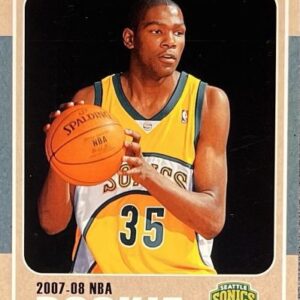In the grand theater of sports card collecting, the spotlight has often been stolen by dazzling stars and rare treasures. Among them, the 1986 Fleer Michael Jordan rookie card is a perennial headliner, the king who commands high prices and even higher regard. But lurking in the shadow of this glory is an overlooked gem: the 1989 Fleer #21 Jordan card, which has begun its quiet ascent on the stage of value and esteem. For collectors with a taste for the underdog and an eye on budget-friendly treasures, this could be the jackpot.
The magic of this particular card lies not in the flashiness or immediate allure but in the steady, almost stealthy manner in which it’s climbing the value ranks. In early 2021, a perfect PSA 10 grade of this card could be snagged for approximately $1,001. As we journey forward to June 2025, the price tag of that same pristine card has climbed to $1,200—a pleasant 20% uptick. While these aren’t the kind of figures to make headlines, this kind of reliability strikes a chord in the hearts of dedicated collectors. In this hobby, after all, the tortoise often outruns the hare.
For those in the know, the steady rise in the card’s value is backed by interesting numbers. There are about 1,240 gem mint PSA 10s and north of 11,000 in PSA 9 conditions, according to PSA’s database. It may seem like a considerable volume on paper, yet the demand has shown no signs of wavering. Collectors have now realized that not every iconic Jordan must come with an eye-watering price tag.
One of the most intriguing aspects of this card’s ascension is the substantial surge in the prices for raw copies. A mere two years ago, acquiring one could set you back as little as six dollars. Fast forward to today, and you’re looking at around twenty bucks. That’s more than a threefold increase, and without the bells, whistles, or rarity of a promotional version or the glitz of a special insert. The market transformation here underscores a shift in focus towards the solid, base-era Jordan products that were once comfortably ignored.
The rationale for this newfound affection is multifaceted. Elevated grading fees have pushed savvy collectors toward pre-slabbed cards, a burgeoning nostalgia for the glorious late ’80s basketball era has resurfaced, and economic considerations have sparked a hunt for financially feasible Jordans. For many collectors, ownership of an MJ card doesn’t necessitate financial ruin.
The 1989 Fleer card doesn’t scream, it doesn’t dazzle with gold foil and it’s not a scene-stealing slam dunk over a befuddled Patrick Ewing. But what it represents is both MJ at his athletic zenith and the Bulls fever that gripped fans worldwide. It stands as a discerning collector’s card—not for the clout or the bragging rights, but for the true appreciation of Jordan’s significant era.
From an investment standpoint, the card is carving out a niche as a strong contender for long-term value. For savvy collectors looking beyond the typical attention-demanding stars, or those seeking a break from the conventional portfolio players, the 1989 Fleer might be well worth a closer examination. Michael Jordan, after all, didn’t require a rookie stamp to redefine basketball on the court, and similarly, his 1989 Fleer card doesn’t need to grab headlines to achieve impressive returns.
In the whimsical world of trading cards, where hype often trumps substance, this card reminds us that some treasures grow quietly, subtly gaining momentum until they stand poised to surprise even the keenest of markets. Collecting isn’t just about snagging the flashiest artifact, but also about recognizing diamonds in the rough—cards with character, history, and a steady track record that might just outperform the hype-driven commodities of their time. The 1989 Fleer #21 Jordan card, with its silver lining, resonates with collectors who crave substance over glitz and promise a journey into the timeless archives of the NBA’s most celebrated era.





